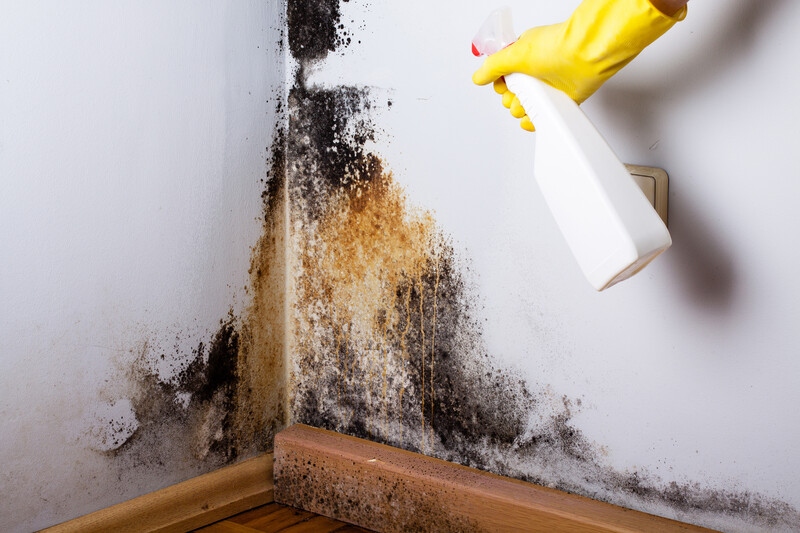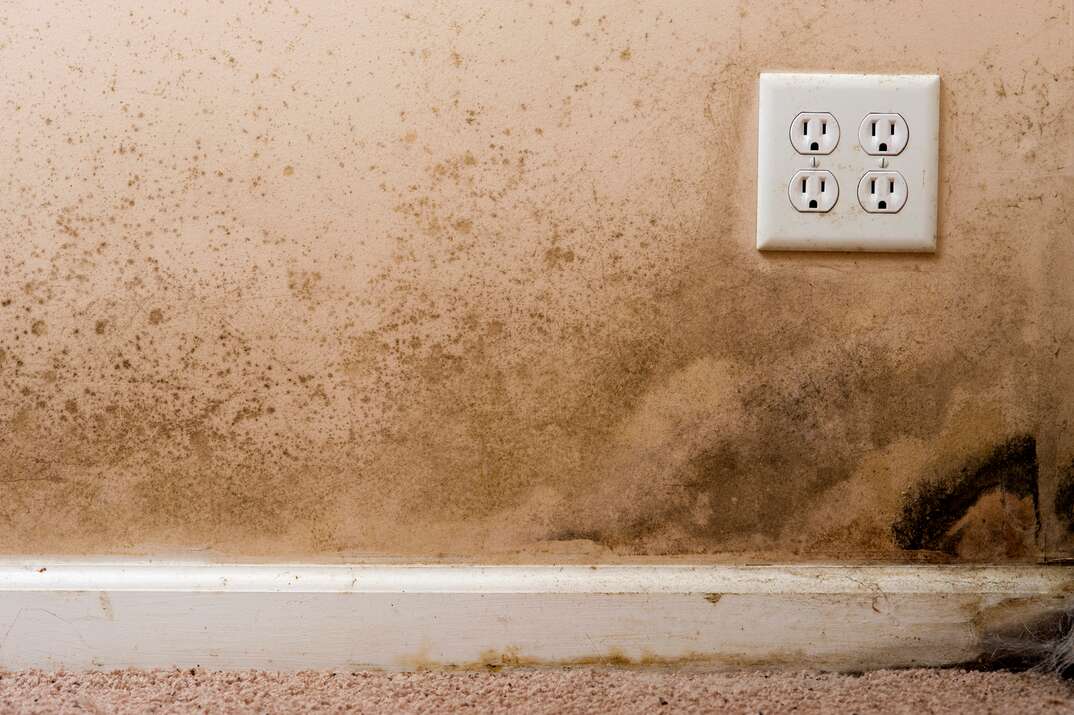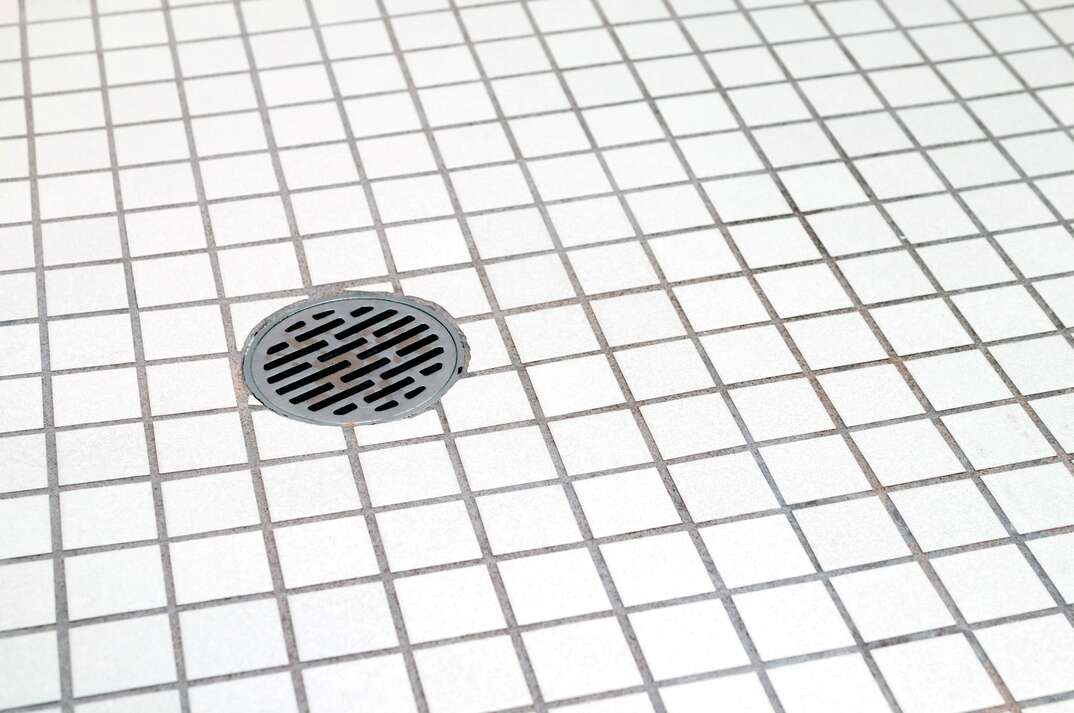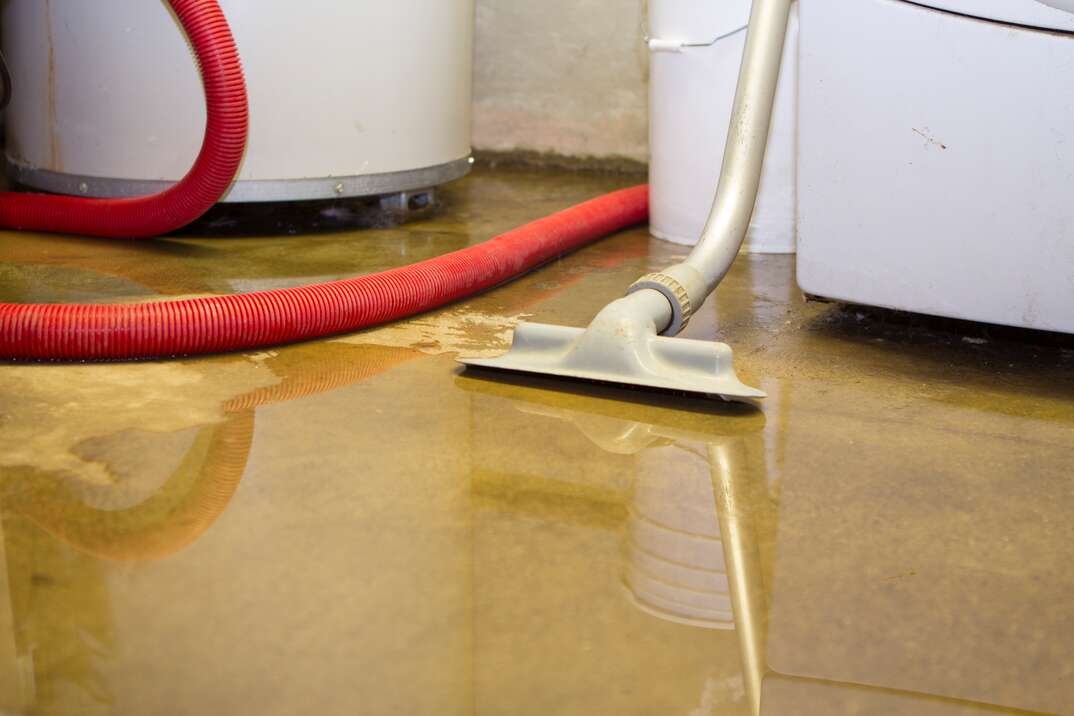How Much Does a Mold Inspection Cost?

Home Mold Inspection Costs at a Glance
- Average inspection price: $650
- Inspection price range: $300-$1,000
- Mold test kit: $40 and up
- Mold mitigation services: typically $500-$5,000; up to $10,000
When buying a home, an inspection is a critical step. Inspections can sometimes make buyers anxious, but they’re essential to the homebuying process. From vital information related to the electrical and plumbing systems, to an in-depth analysis of the structural components of the home, a standard inspection provides you with a detailed report on the house you’re purchasing. However, there are several specialized inspections that aren’t typically covered in a routine home inspection — among the most important of these being mold inspections.
This May Also Interest You: A Homeowner's Guide to Mold Removal
Molds are fungi that spread their spores through the air. Like any fungus, mold thrives in moisture. When the spores find a moist surface, they land on it and begin to grow, oftentimes very quickly. When mold grows on a surface, it can permanently damage it. It can cause wood to swell and rot, and can deteriorate other organic materials.
What’s more, mold growth can cause myriad adverse health effects for those regularly exposed to it, including everything from minor discomforts like runny noses and sore throats to debilitating illnesses. For example, when the infamous toxic “black mold,” or Stachybotrys chartarum_,_ is present in an indoor environment, it can cause those exposed to experience sometimes-severe respiratory issues, as well as chronic fatigue and headaches.
If you’re concerned about the possible presence of mold in a home you’re considering purchasing — or even in the house you currently live in — consider having a mold test conducted to put your mind at ease.

When Should You Test for Mold?
If you notice any evidence of mold growth in your home, say, in the corners of walls or cracks in the ceiling, then you definitely have mold growing and spreading. But just because you don’t see any doesn’t mean you’re mold-free. Mold can often grow in places that you can’t see, like between your walls or in your air ducts. It can also grow in insulation, drywall and carpet.
You should have a professional test for mold any time you’re planning on purchasing a home, but also if you’ve ever experienced water damage of any kind. If you’ve had a leaky roof, a broken pipe or had any standing water in your home for an extended period of time, you should definitely consider testing for mold in the house.
Testing 1, 2, 3...
Most homeowners can expect to pay around $650 on average for a comprehensive mold inspection, but the price can vary greatly. Depending on the size of the home and its location, some people can expect to pay as little as $300 or as much as $1,000. While this might seem expensive, it pays to have a professional come inspect your home. The slew of affordable home mold test kits — which can sometimes cost as little $40 — aren’t nearly as accurate or comprehensive as a professional test. In fact, Consumer Reports recommends against using testing kits altogether due to their propensity for errors. A home test kit, even the most accurate one available, will tell you if mold is present in an indoor area — but it won’t tell you how much is present or if the levels are too high.
In addition to the price for a professional home inspection varying according to the size of your home and the region you live in, pricing can also depend on the professional you hire to inspect your home. While the inspection price, of course, is an important factor, it shouldn’t be the only thing you consider when hiring a professional mold inspector.
More Related Articles:
- How to Prevent Water Damage With Proper Home Drainage
- What to Do When Your Basement Floods
- Does a Home Warranty Cover Water and Sewer Lines?
- 4 Ways You Can Fix a Leaking Pipe
- Water Sewer Line Repair: DIY or Plumbing Pro
How Do I Choose the Right Mold Inspector?
Professional mold inspectors are highly skilled workers who are adept at locating potential spots in your home that might facilitate mold growth. During a mold inspection, the inspector will typically begin with a visual inspection of your property, making note of any areas that might have been impacted by water damage of any kind.
Next, the inspector might use a moisture-mapping device that will help determine areas of elevated moisture within your home, even if signs of water damage or mold growth may not be visible. The inspector will then take a variety of samples, including air sampling in which a pump captures air from a collection device which catches mold spores. A good mold inspector will then provide a comprehensive analysis of the various molds present in your home and their respective levels.
Before choosing your inspector, consider calling at least two others and asking for quotes. This will give you a more accurate representation of what it’ll cost to inspect your home. You’ll also want to make sure that the inspector has the proper qualifications and certifications to perform the test and to analyze the results. Professional mold inspectors are called mold assessors, and in some states are required to hold special licenses.
However, be cautious of mold inspectors offering free mold inspections. That means they could be incentivized to recommend mold remediation services — even if you don't necessarily need them. Furthermore, if a company is offering free tests, they might not be using the best tests available. Accurate testing takes high-quality equipment and skilled inspectors; therefore, paying more for a thorough and accurate test from a reputable company is definitely the way to go.

Better Safe Than Sorry
While a mold inspection can be expensive, it should be a top priority if you’re buying a home. By locating mold growth early, you can mitigate any further damage to the property. Mold mitigation services can cost anywhere from $500 to $5,000. In some cases, the prices can easily extend to over $10,000 in a severe case.
But, more importantly, by hiring a professional mold inspector, you can rest easy knowing that you and your family are safe from airborne mold toxins, an invisible, yet potentially dangerous threat.
Another way to keep your home healthy is by being prepared with a plan from HomeServe. Once you have a plan in place and a covered issue arises, you can simply call the 24/7 repair hotline. A local, licensed and highly trained contractor will be sent out to you to get the job done to your satisfaction.


